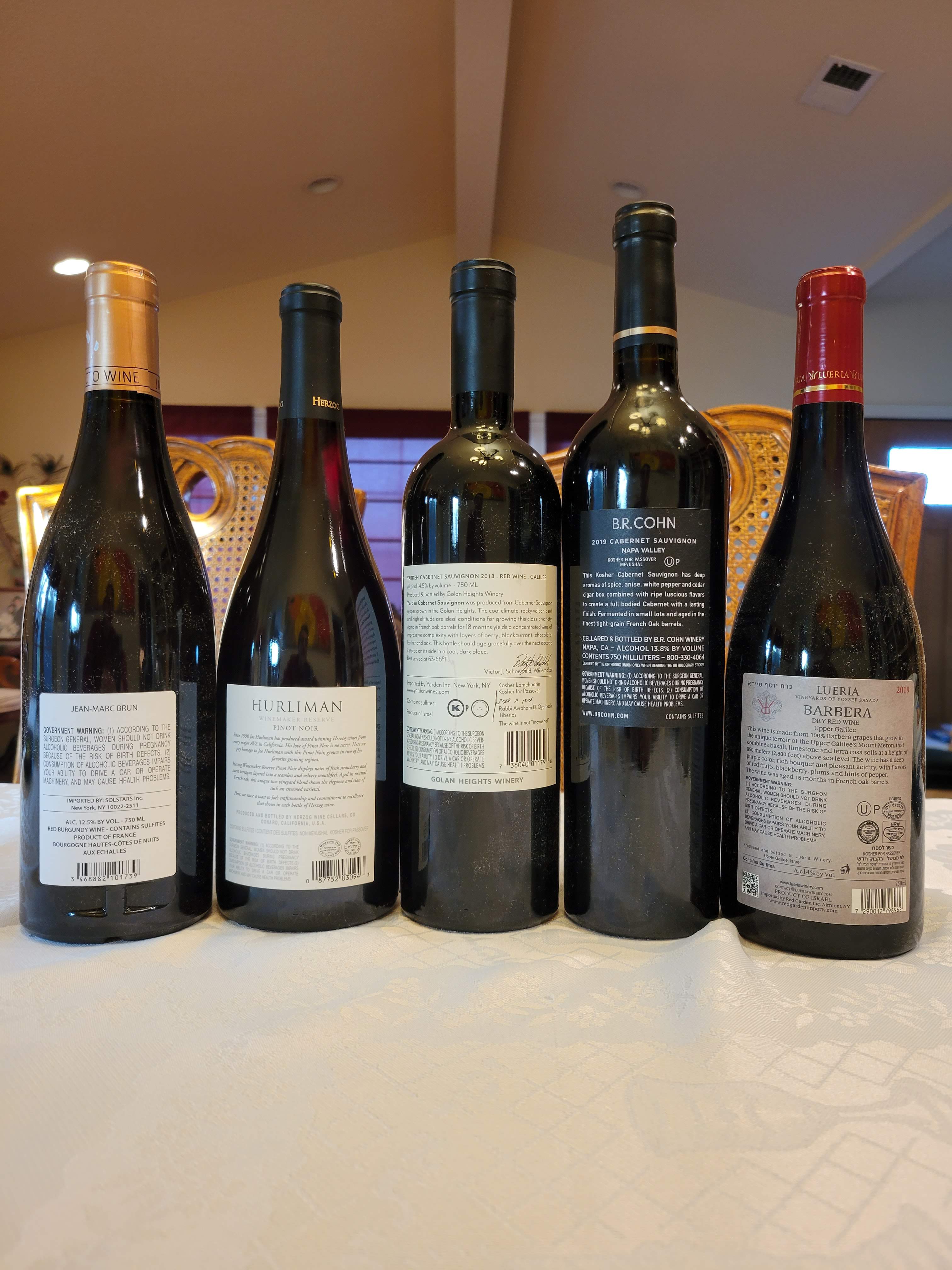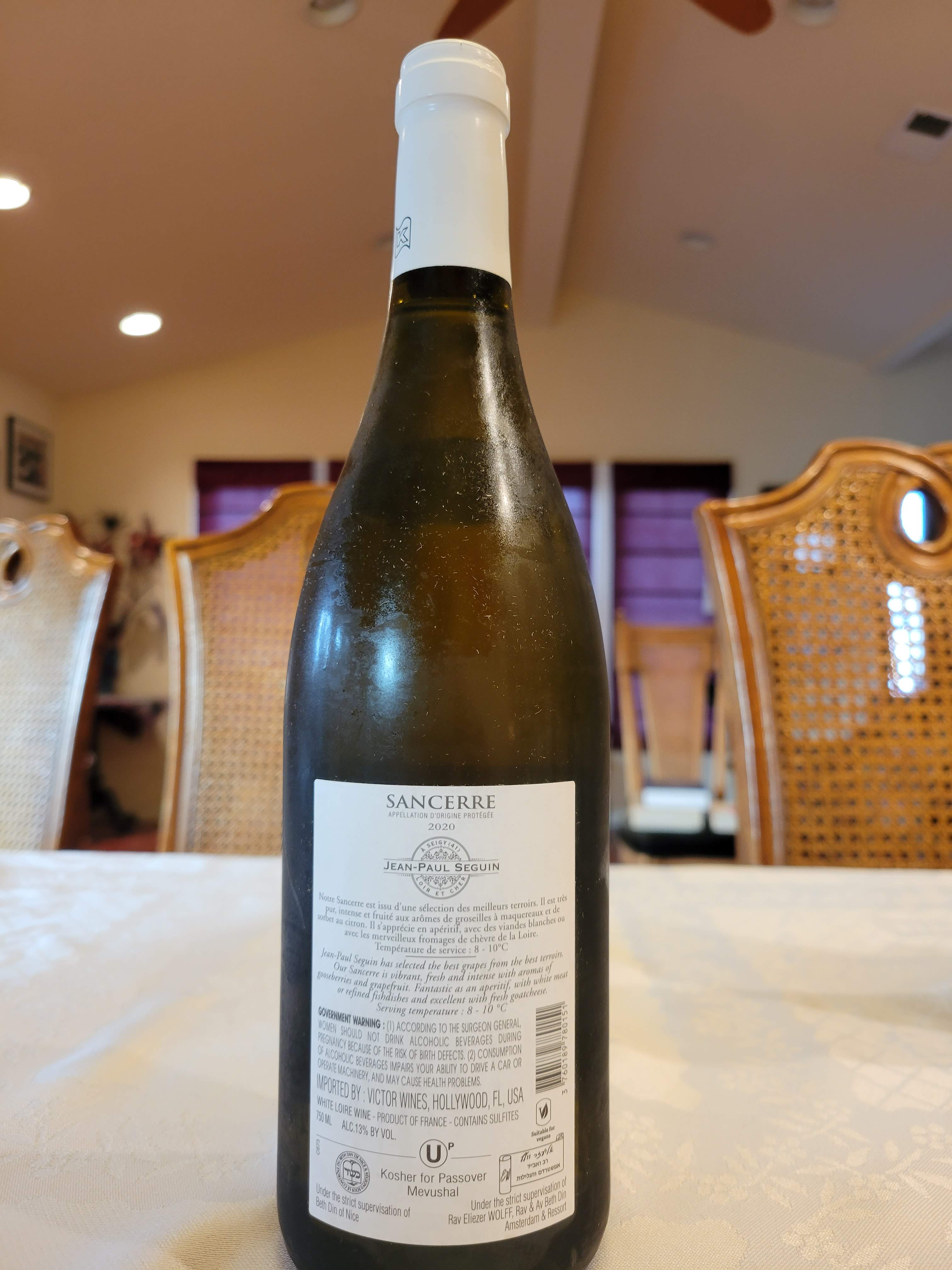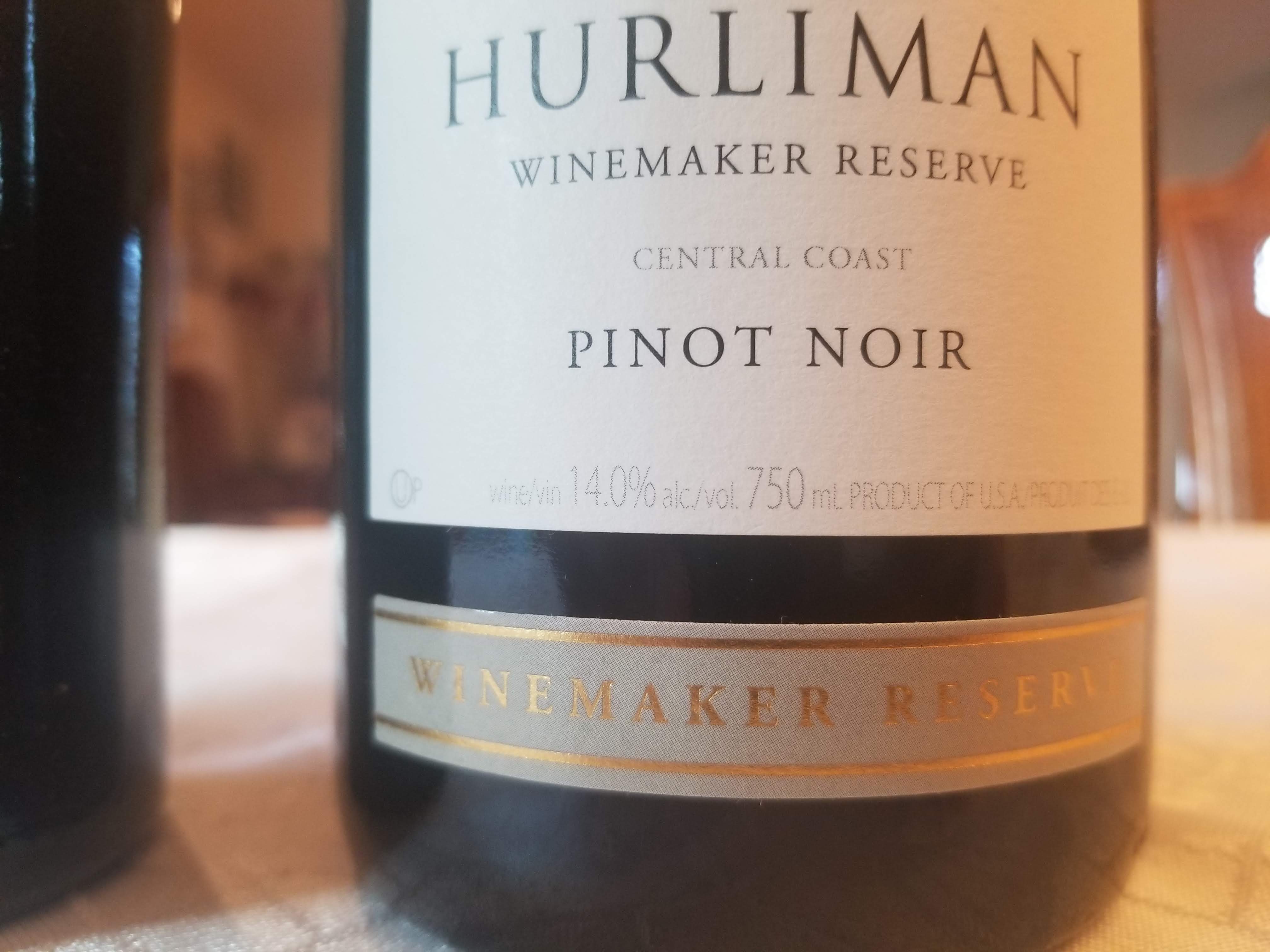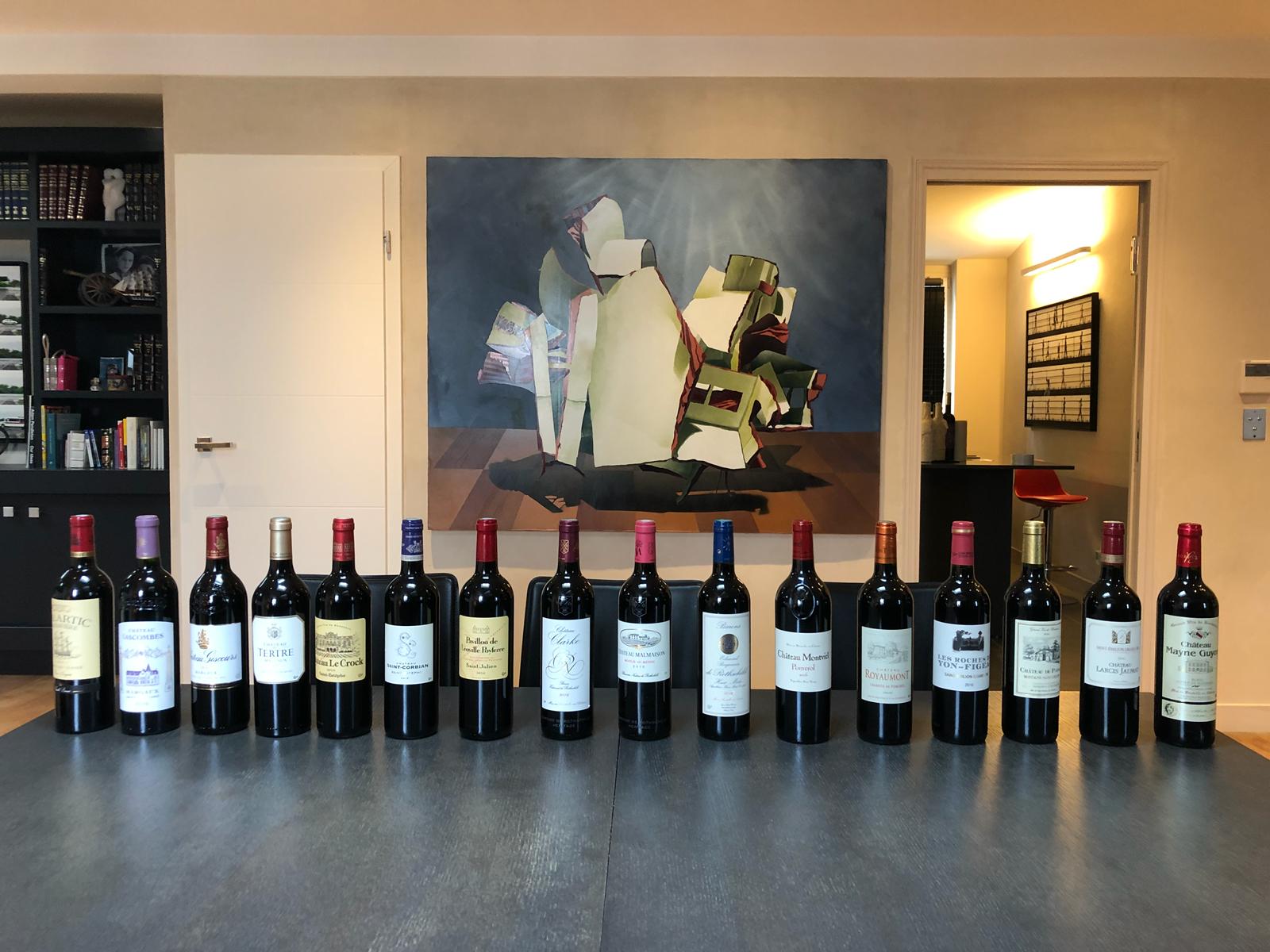Blog Archives
Another round of QPR (Quality to Price Ratio) Hits and Misses, Eight QPR WINNERS – October 2022
I hope you all had a wonderful Jewish Holiday season! We are now back to the grind and I have a bunch of wines that need to be posted. As usual, my QPR posts are a hodgepodge of wines but thankfully we have some nice QPR (Quality to Price Ratio) wines.
QPR (Quality to Price Ratio) Wines
It has been two months since my last QPR (Quality to Price Ratio) post and many people have been emailing me about some unique wines I have tasted and some lovely wines that are worth writing about.
Thankfully, no matter how much garbage and pain I subject myself to, we are still blessed with quite a few wonderful QPR wines out there. This post includes some nice wines and some OK wines with the usual majority of uninteresting to bad wines.
The story of 2021 Israel whites and roses is very unfortunate, it started with a bang. Matar and a couple of others showed very well. Sadly, after that, every other white and rose wine from Israel was not as impressive. They all show middling work and product, very disappointing indeed. Thankfully, this round has one Israeli WINNER and it is from the 2021 vintage.
We have a nice list of QPR WINNERS:
- 2021 Shirah Rose, Central Coast, CA (A nice solid rose)
- 2021 Covenant Israel Rose, Blue C, Israel (lovely color and great acidity)
- 2018 Allegory Pinot Noir, Duvarita Vineyard, Santa Barbara, CA (Another nice Pinot from Cali)
- 2020 Chateau Montviel, Pomerol (Perennial winner)
- N.V. Drappier Carte d’Or, Champagne (Best of the 4 Drappier Champagne)
- N.V. Drappier Brut Nature, Zero Dosage, Champagne (Lovely but drink now!)
- 2020 Chateau Piada, Sauternes (Not their best but solid)
- N.V. Drappier Rose de Saignee, Champagne (Nice brut rose, hard to find outside of Yarden)
There were also a few wines that are a slight step behind with a GREAT or GOOD QPR score:
- 2021 Shirah Bro.Deux, Blanc, Santa Ynez Valley, CA (A nice wine just missing a bit)
- 2021 Yatir Mount Amasa Rose, Judean Hills (Not bad)
- 2021 Or de la Castinelle Rose, Cotes de Provence (Another solid vintage for this new rose)
- 2021 Vitkin Israeli Journey, Red, Israel (Simple but nice)
- 2021 Laufer Tokaji Late Harvest, Tokaji – Simple but balanced
- 2018 Allegory Cabernet Sauvignon, Rutherford (too ripe for me but good)
- 2019 Vitkin Grenache Blanc, Galilee (A step back on this vintage sadly)
- 2018 Ma’ayan Cabernet Franc, Shomron (A lovely wine just too Israeli for me)
There are a few wines that got a QPR Score of EVEN – meaning expensive or average:
- 2019 Shirah Nebbiolo, Paso Robles, CA (A bit too ripe for my tastes)
- 2021 Flam Camellia, Judean Hills (Less interesting than previous vintages)
- 2018 Allegory Meritage, Paso Robles, CA (weakest of the Allegory wines)
- 2021 Laufer Tokaji Ice Wine, Tokaji (Not enough acidity to make it work)
The others are essentially either OK wines that are too expensive, duds, or total failures:
- 2021 Jezreel Valley Rose, Sharon (Not very good)
- 2020 Yatir Darom, Red, Israel (Just trying too hard with so little)
- N.V. Drappier Rose, Brut Nature, Champagne (Not a good idea IMHO)
Wine sets that I tasted
This tasting includes three sets of wines.
- Shirah Rose and white wines
- Allegory and Ma’ayan wines (from The Cellar wine store in Lakewood)
- Four newly disgorged Drappier Champagne
- The rest of the assorted wines I tasted over the last 1+ months. I tasted more but I am waiting to post them later.
Some things that made me stand up and take notice (AKA QPR WINNERS):
The largest WINNER group of the sets of wines I had came from the Drappier Champagnes. Three of them were dead on and the fourth, the brut nature rose, is just a bad idea, IMHO.
The other two sets are all made by the Weiss brothers from Shirah wines. The Shirah Wines are made under the Shirah brand and the Allegory wines are Cali wines made for the Cellar wine store in Lakewood.
The Shirah Rose and the Allegory Pinot Noir, two wines made by the Weiss brothers are solid to lovely wines.
Covenant keeps popping out lovely wines and the 2021 Israeli Rose is another example of what care brings you!
The other two wines are the 2020 Piada and Montviel, two more WINNERS for Royal Wines. The Montviel is sheer joy and the highest-scoring wine of this post while the Piada, while nice enough, is a step back from previous vintages.
Other wines of note (AKA QPR GREAT or GOOD):
This group is not a group of wines I would buy and some are not even wines I would drink if given the chance. They are Ok wines but there are far better options out there. The one that did surprise me was the 2018 Ma’ayan Cabernet Franc, Shomron. It is a wine that was close and nice but still too Israeli for me.
Wines that are either good but too expensive or average (AKA EVEN):
This list is also boring, the only real wine to call out, is the 2021 Laufer Tokaji Ice Wine. It should have been a better wine but the wine is a mess, it is all over the place and lacks acidity, sad.
The rest of the wines are not interesting to me and are on this list because of either quality or price.
Wines that are either OK but far too expensive or bad wines (AKA POOR/BAD):
This round this list is just duds and I will just leave you to peruse the names and scores down below.
Roundup
Overall another nice list of QPR WINNERS. I can always look at these kinds of lists and say there are only 7 or 8 wines I would want to buy from this entire list, but that would be a defeatist attitude. The correct way to classify this list is we have 7 or 8 more wines available to us and in the end, as I have stated many times now, I cannot buy all the WINNER wines even if I wanted to. There are just too many good wines out there and that is what we should be focused on!
The wine notes follow below – the explanation of my “scores” can be found here and the explanation for QPR scores can be found here:

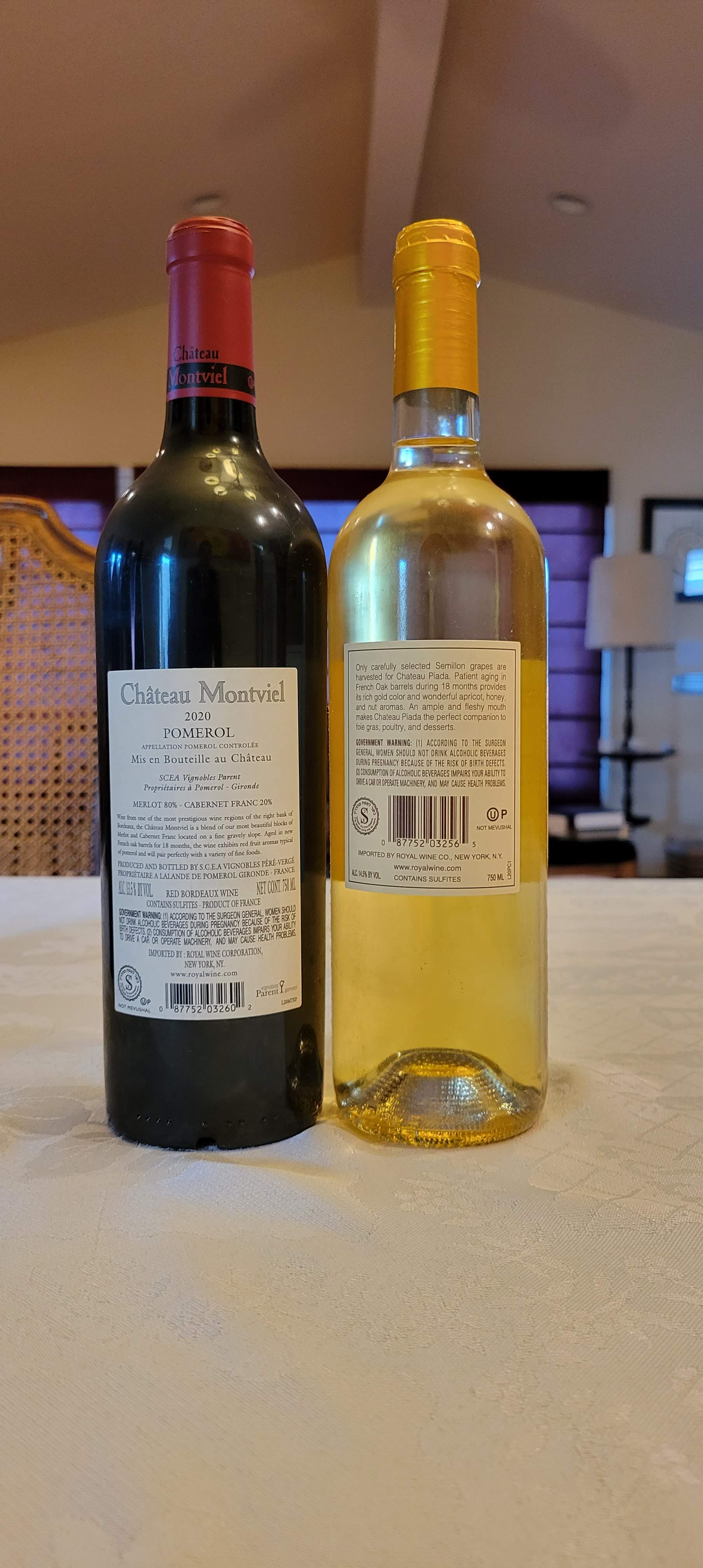
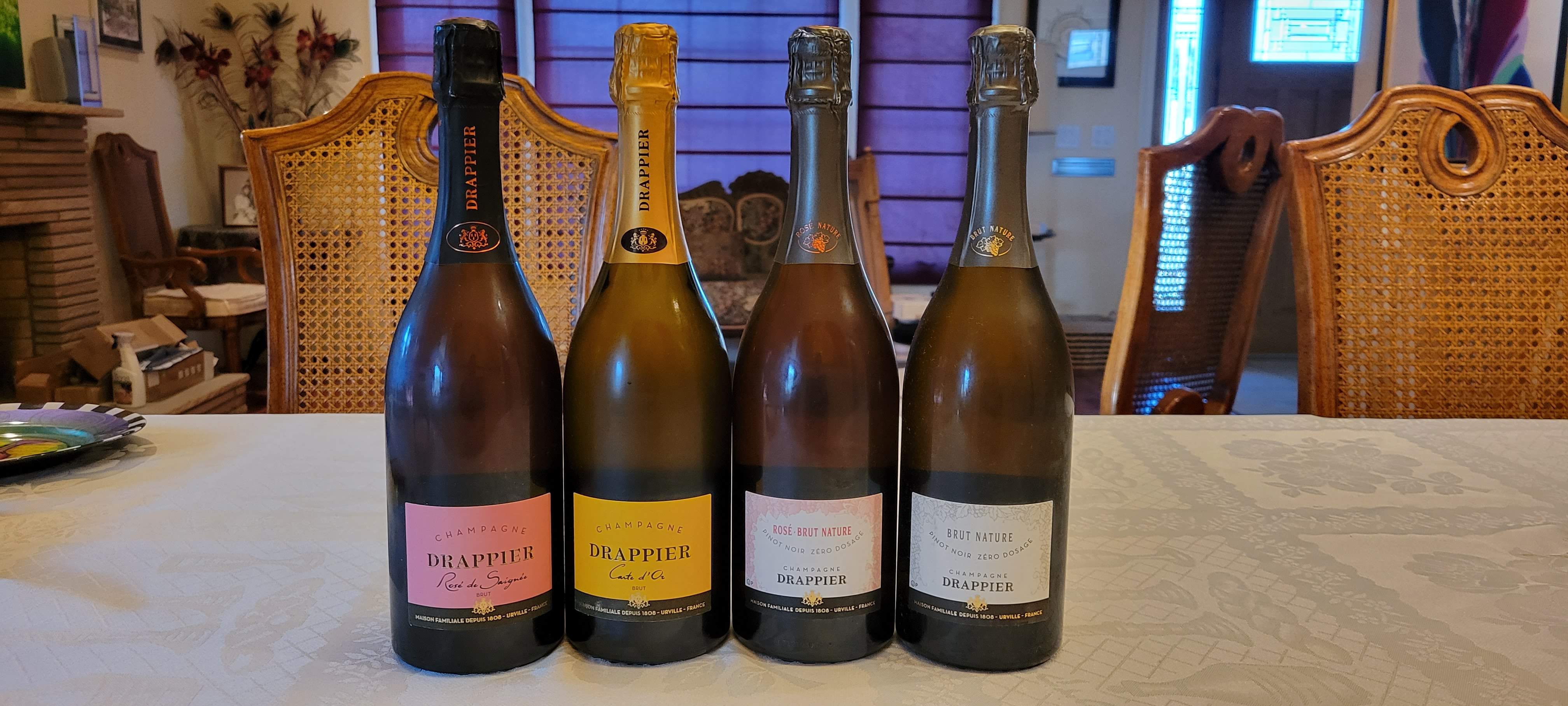
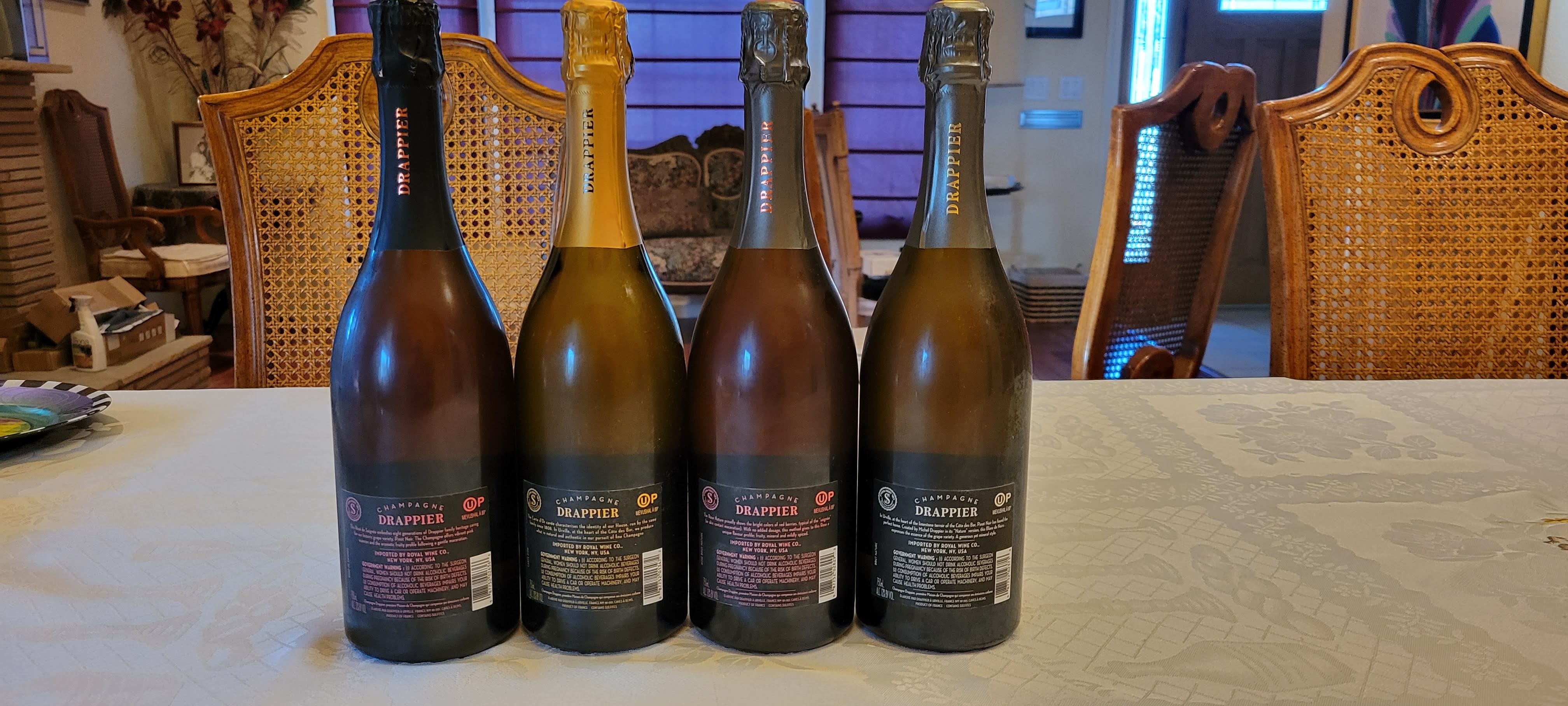
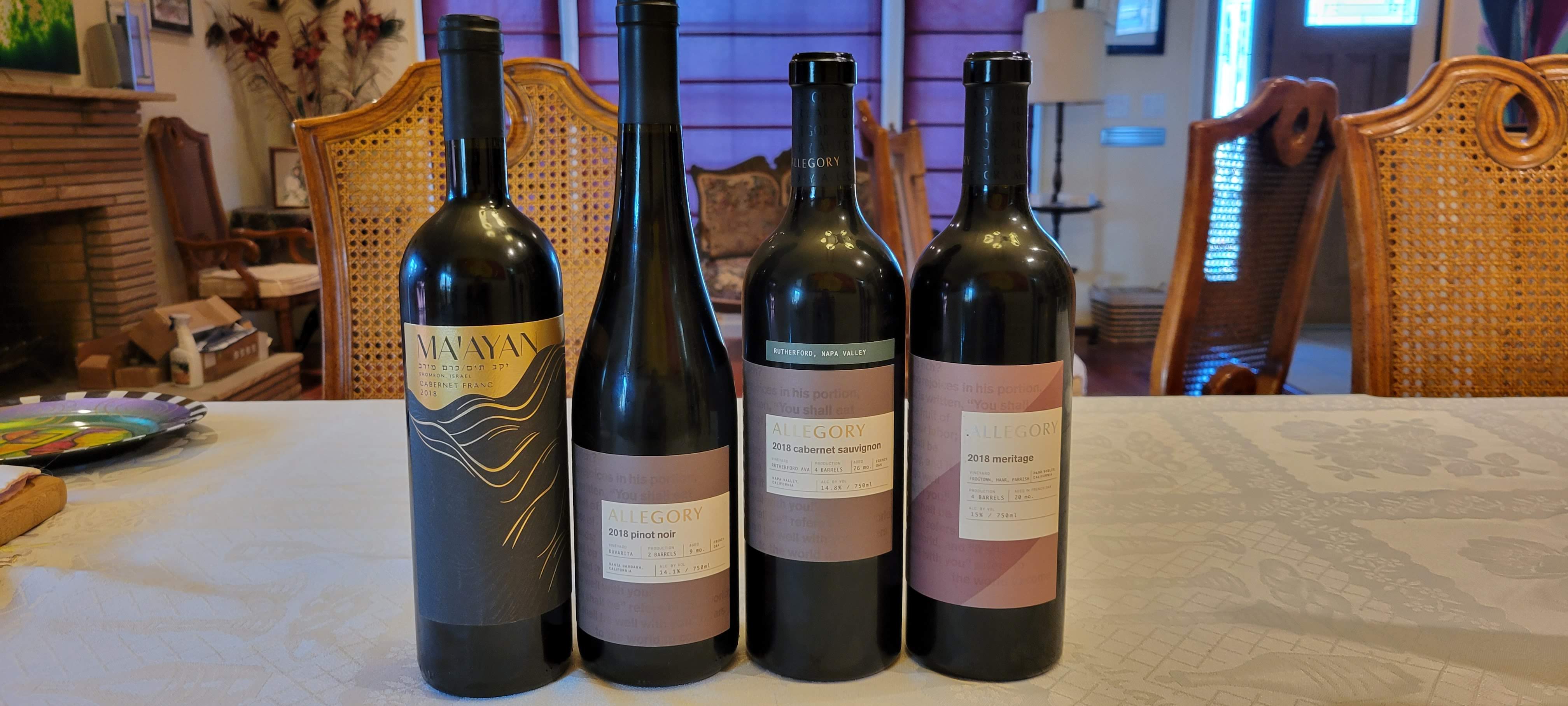



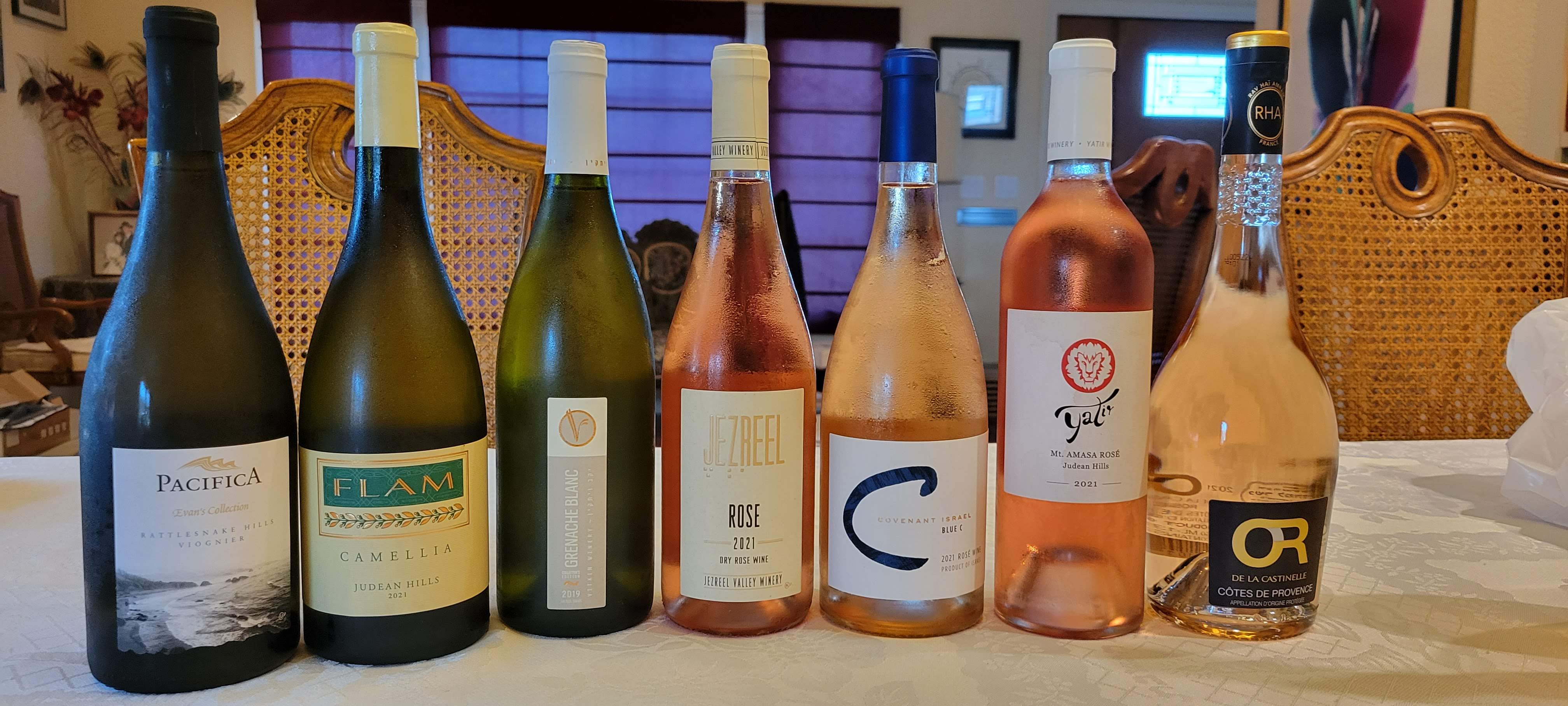
2020 Chateau Montviel, Pomerol – Score: 93 (QPR: WINNER)
This wine is a blend of 80% Merlot and 20% Cabernet Franc. The nose of this wine is incredible, this is what I dream about when I smell wine, dirt, earth, smoke, loam, elegance, fruit, and mushroom, yum!!! The mouth of this full-bodied wine is balanced and soft, it comes at you in layers, showing raspberry, plum, rich loam, earth, sweet spices, and forest floor, all wrapped in a silky and elegant plush mouthfeel, with lovely acidity. It is a silky seductress. The finish is long, green, herbal, dirty, loam, and more forest floor that really comes out, with sweet tobacco, dry meat, and lovely green notes. Bravo!!! Drink from 2025 until 2034. (tasted September 2022) (in San Jose, CA) (ABV = 13.5%)
2007 Yarden Blanc de Blancs, Late-Disgorged Zero Dosage Sparkling wine, along with some impressive California wines
This past week a few new friends dropped by and we enjoyed some new and old wines together. Many thanks to Eli for getting the food together and to Beryl, Greg, and Ari for hanging out with us, and of course many thanks Benyo (AKA Benyamin Cantz) from Four Gates Winery for sharing from his wisdom, time, and wines with us all.
I used the tasting to do an interesting side by side comparison of the 2007 Yarden Blanc de Blancs and the newly released 2007 Yarden Blanc de Blancs late disgorged. What was interesting was that I did not know that the late disgorged Yarden wines were also Brut nature wines, AKA Zero Dosage wines!
If you are following the posts, I recently posted about Zero Dosage wines. My take away from them was that they are a DRINK NOW style wine. Overall, many of the French Champagnes that we have in kosher have been drink-now wines. The Drappier which is mevushal has been a Drink-now style wine, and again Drappier prints the dosage date, so use that to decide if the bottle in front of you is too old.
The Laurent Perrier was also having serious age issues here, as the Champagne was not moving fast enough here in the USA. The not-mevushal Rothschild was outstanding in France.
With all that said, the kosher Champagnes here in the USA are not built to age. However, the Yarden sparkling wines age far better, IMHO. The 2007 Yarden Sparkling Blanc de Blancs has been wonderful for many years now. So, when I had the chance to taste the newly released 2007 Yarden Blanc de Blancs Late Disgorged alongside the normal 2007 Yarden Blanc de Blancs I was really excited! I had bought the wines but I had no one to try them with, so when Eli and his friends said we are coming into the area, I told Benyo and we used it as a great opportunity to share some wines.
The notes speak for themselves, but to me overall, the Late disgorged is not worth the money. The wine is GREAT, but for 70+ dollars, not worth it. Still, to taste them side by side, you could see the same style of the wine, but while the normal bottling was still showing very well, the newly disgorged wine was screaming in tart and very bright fruit.
The color was also, lighter in color, and I loved how the 2007 cork was already very crushed, while the new late-disgorged wine showed a perfect sparkling wine cork. See, the image below, along with Eli, big head!!!!

Kosher Zero Dosage, Brut Nature, Non-Dose Champagnes are all the rage but they are short on life
I have spoken about Champagne wines in the past, whether they are made in the AOC of Champagne or elsewhere in the world, with different names, like Cava from Sapin, or Sparkling wine in the USA and Israel.
Naming rights
A quick aside please do not use Champagne unless you mean it! Champagne is wine made in the AOC of Champagne, which is a region of France. It is kind of like asking for the Kleenex when actually they are passing you generic tissues. Or asking someone to Xerox that article, when you mean, copy or photocopy it.
Now, of course, people from Champagne would blanch at that comparison, but sorry, trademark laws are what France is using to mandate the term Champagne be used ONLY for wines from Champagne, so it is LITERALLY the examples I gave.
Impressively France has been waging this war for centuries now. According to Wikipedia: Sparkling wines are produced worldwide, but many legal structures reserve the word Champagne exclusively for sparkling wines from the Champagne region, made in accordance with Comité Interprofessionnel du Vin de Champagne regulations. In the European Union and many other countries the name Champagne is legally protected by the Madrid system under an 1891 treaty, which reserved it for the sparkling wine produced in the eponymous region and adhering to the standards defined for it as an appellation d’origine contrôlée; the protection was reaffirmed in the Treaty of Versailles after World War I. Similar legal protection has been adopted by over 70 countries. Most recently Australia,[16] Chile, Brazil, Canada, and China passed laws or signed agreements with Europe that limit the use of the term “Champagne” to only those products produced in the Champagne region. The United States bans the use from all new U.S.-produced wines.[17] Only those that had the approval to use the term on labels before 2006 may continue to use it and only when it is accompanied by the wine’s actual origin (e.g., “California”).[17] The majority of US-produced sparkling wines do not use the term Champagne on their labels,[18] and some states, such as Oregon,[19] ban producers in their states from using the term.
Sadly, people use Champagne interchangeably with sparkling wine, much akin to Kleenex and Xerox, and no matter the efforts of France and the education around the name, folks like Korbel still use the label, Korbel Champagne of California.
Méthode Champenoise
So, what is Champagne and how do we get all those cool bubbles? Well, it all starts with a grape of some sort, in most cases, Chardonnay, but we will get back to the other varietals further down. For now, like all wine on planet earth, Champagne starts with a grape. It is picked (often early to lower alcohol and increase acidity), then crushed, pressed, and allowed/encouraged to go through primary fermentation, exactly like all white wines on planet earth. At this point, most houses ferment the base wine in metal tanks or barrels. Some still use wood, but they are the minority.
Of course, like much of France (Bordeaux, Burgundy, Champagne), especially in Champagne, the wine can be chaptalized after racking, until an 11% ABV. Now before the heat waves that have covered much of this earth (call it what you wish), Bordeaux and Champagne prayed to hit their desired mark of ABV, and therefore they used to add sugar to bring up the ripeness on their fruit. Nowadays, Champagne is picking earlier and earlier, and Chaptalization is not a common thing anymore, as mother nature is taking care of the fruit’s ripeness all on her own!
Once the wine has been fermented the next question arises, should they let the base wine go through a wine’s second natural fermentation called Malolactic Fermentation? Most allow the fermentation to take place and require it, a fact that is easy nowadays with controlled winery environments, though some do not like it at all. Finally, the barrels/tanks are blended or in the rare case, kept aside as a Vintage Champagne, meaning the base wine used in it, is sourced from one vintage and not a blend of a few vintages.
So, at this point what we have is base wine, and while it may be an OK wine, it is far from what the final product will be like. Most base wines are nice enough, but it would be like licking on a lemon, these wines are highly acidic, and not normally well balanced at that point.
The next step is to bottle the wine, with yeast and basic rock sugar, which causes a second fermentation. The actual amount of the two added ingredients is a house secret. The wines are closed with a simple beer bottle cap. You will notice that ALL wines made in this manner have a lip around the top of the bottle, where the cap is attached to. Again, if the year is exceptional than the wine becomes vintage champagne and is aged for at least three years. If the vintage is normal than the bottle’s content is a blend of a few vintages and is aged for at least one and a half years.
All the while during this second fermentation process, the wine is aged and the wine becomes more complex from the yeast. The yeast breaks down as it eats the rock sugar, adding the effervescence, and while the yeast breaks down, it adds a lovely mouthfeel and rich complexity. This process is known as autolysis, releasing molecules that are slowly transformed as they interact with those in the wine. Read the rest of this entry



